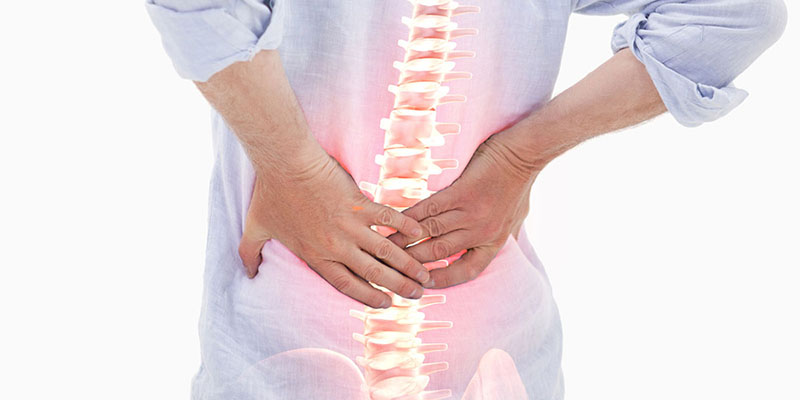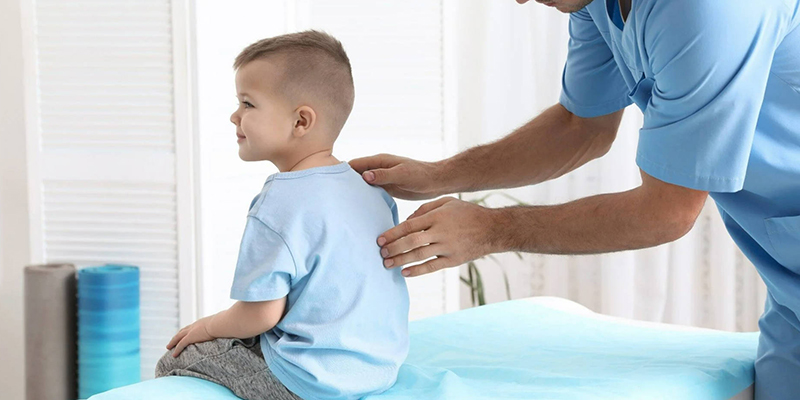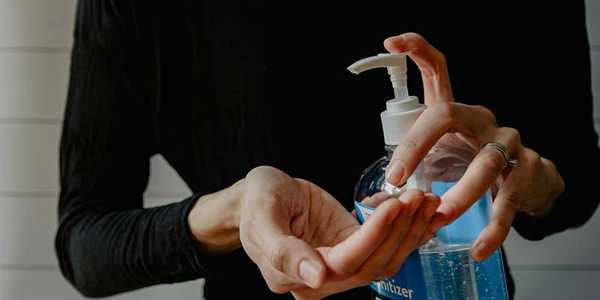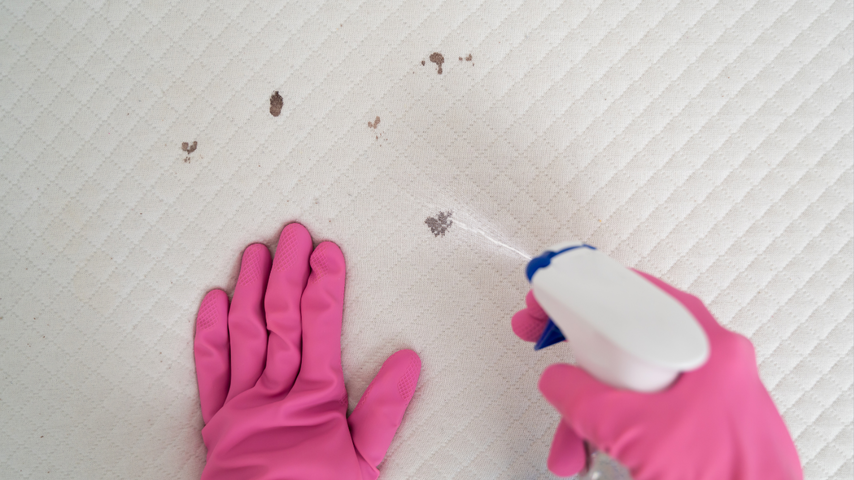What Causes Scoliosis And How Is It Treated?
Scoliosis is a spinal deformity that features an abnormal lateral curvature of the spine, often taking on an ‘S’ or ‘C’ shape. Understanding scoliosis is vital for maintaining overall spinal health, as untreated misalignment can lead to significant discomfort and other complications. For patients, caregivers, and healthcare professionals alike, comprehending the various causes of scoliosis—from congenital factors to neuromuscular diseases—and the available treatment options is critical for effective management of the condition.
Scoliosis is a spinal deformity that features an abnormal lateral curvature of the spine, often taking on an 'S' or 'C' shape. Understanding Scoliosis is vital for maintaining overall spinal health, as untreated misalignment can lead to significant discomfort and other complications. For patients, caregivers, and healthcare professionals alike, comprehending the various causes of Scoliosis—from congenital factors to neuromuscular diseases—and the available treatment options is critical for effectively managing the condition.

Early intervention is key to successful treatment outcomes, permitting bracing or surgical options to prevent further curvature progression. Making informed decisions regarding treatment pathways enhances the quality of life for those affected and empowers them in their health journeys. Awareness about Scoliosis cultivates understanding and encourages informed choices, underscoring its importance for all stakeholders involved.
1. Understanding Scoliosis
Scoliosis is a medical condition where the spine exhibits an abnormal lateral curvature that measures more than 10 degrees, a criterion established by the Scoliosis Research Society. This condition may manifest during childhood or adulthood, with its most common onset occurring during the growth spurts preceding puberty. According to the National Scoliosis Foundation, about 2-3% of adolescents are affected by Scoliosis. Additionally, adult scoliosis can arise as the spine degenerates with age or develop from previously undiagnosed juvenile Scoliosis, affecting roughly 6-8% of the adult population.
The curvature patterns in scoliosis patients typically include right thoracic and left lumbar curves that can significantly affect spinal alignment. Physical indications may reveal uneven shoulders or hips and observable rib prominence. Beyond aesthetic concerns, significant spinal curvature can induce functional impairments, such as reduced lung function and chronic pain. Therefore, understanding Scoliosis is essential for recognizing its symptoms and pursuing timely intervention, which can alleviate potential health complications and enhance the patient's quality of life.
2. Types Of Scoliosis
Scoliosis is categorized into three primary types: idiopathic, congenital, and neuromuscular.
2.1 Idiopathic Scoliosis
Idiopathic Scoliosis is the most prevalent form, especially in adolescents. It typically develops without a known cause, although genetic factors might contribute to its emergence. Research indicates that families with a history of the condition often report multiple members exhibiting similar spinal deformities, suggesting a genetic link.
2.2 Congenital Scoliosis
Congenital Scoliosis, on the other hand, originates from spinal formation issues present at birth. Conditions causing improper spinal development during fetal formation, such as hemivertebrae—where one side of a vertebra is underdeveloped—result in Scoliosis.
2.3 Neuromuscular Scoliosis
Finally, neuromuscular Scoliosis is associated with disorders that impair muscle function, including cerebral palsy and muscular dystrophy. Patients with these underlying conditions may experience spinal curvature due to muscular imbalance, complicating treatment and patient care needs. This underscores the necessity for personalized intervention strategies to address the spine's alignment and related neuromuscular concerns.
3. Causes Of Scoliosis
Scoliosis can arise from a multitude of factors impacting spinal health. Recognizing these causes is crucial for prompt detection and effective management of the disorder.
3.1 Genetic Factors
The research underscores a hereditary component in scoliosis development, where families displaying a history of the condition indicate that multiple individuals often exhibit similar spinal deformations. Genetic predisposition is believed to play a role as specific genes may influence spinal growth and alignment dynamics, with studies revealing that individuals with a first-degree relative diagnosed with Scoliosis possess a significantly heightened risk of having the condition themselves.
3.2 Neurological Conditions
Certain neurological disorders can also precipitate Scoliosis. Conditions such as cerebral palsy, muscular dystrophy, and spina bifida disrupt normal spinal alignment. Neuromuscular Scoliosis develops due to imbalances and muscular weakness that fail to provide proper spinal support, resulting in curvature as the individual matures.
3.3 Environmental Factors
Environmental elements during critical growth phases in childhood can also contribute to Scoliosis. For instance, spinal injuries or infections may create structural alterations, along with conditions like Scheuermann's disease, which can induce kyphotic postures influencing spinal curvature.
3.4 Postural Influences
While discussions surrounding poor posture often highlight its relevance to spinal health, its direct causation of Scoliosis is less pronounced. Good postural practices can bolster spine alignment, though it is usually a contributing factor rather than a primary cause. Nonetheless, maintaining awareness of proper postural habits is integral for comprehensive spinal well-being as children develop.

Gaining insights into these varied causes enables parents and caregivers to better monitor and comprehend Scoliosis while emphasizing the significance of observing children's spinal health.
4. Symptoms Of Scoliosis
Individuals with Scoliosis exhibit various symptoms, many of which are evident as distinct physical changes. One frequently observed sign is uneven shoulders, where one shoulder may sit higher than the other. Furthermore, back pain is common among affected individuals, particularly when the curvature is pronounced. As Scoliosis progresses, patients may develop altered postures, such as a noticeable rib cage or an apparent curvature in the spine.
The condition's impact hinges significantly on its severity. Mild cases often yield limited discomfort, while moderate to severe Scoliosis can cause more profound physical complications, including diminished lung capacity and nerve compression, leading to chronic pain. Additionally, the emotional implications of Scoliosis should not be underestimated, as its visible nature can adversely affect self-esteem and result in social apprehension. Early acknowledgement of these symptoms is imperative, as prompt intervention facilitates effective treatment and significantly enhances overall quality of life.
5. Diagnosis Of Scoliosis
The process of diagnosing Scoliosis generally commences with a thorough physical examination conducted by healthcare professionals, who assess visible signs of spinal curvature, shoulder or hip asymmetry, and abnormal postures. Upon suspicion of Scoliosis, advanced imaging techniques like X-rays and MRIs are utilized for detailed evaluations. X-rays provide comprehensive spine images, empowering physicians to measure curvature severity and track any changes over time. Meanwhile, MRIs grant insight into the spinal cord and surrounding tissues to rule out underlying conditions that might contribute to Scoliosis.
Early detection is especially crucial during childhood growth spurts when spinal deformities may progress swiftly. Regular health check-ups during these phases allow for timely interventions, significantly improving outcomes while diminishing the need for invasive treatments in the future. Taking proactive measures regarding spinal health enables parents and caregivers to ensure better management of Scoliosis when it is identified early enough.
6. Treatment Options For Scoliosis
Treatment for Scoliosis varies based on curvature severity and patient age. Observation is frequently the initial approach for mild cases, particularly among children and adolescents. If the curvature is minor and the patient continues to grow, monitoring the condition through regular assessments may suffice, allowing natural spinal development to rectify or stabilize the curvature without resorting to invasive interventions.
Bracing is often employed for growing children diagnosed with moderate Scoliosis. The primary purpose of a brace is to curb the progression of spinal curvature as the child matures. The thoracic-lumbar-sacral orthosis (TLSO) fits snugly around the torso, applying pressure to the spine to promote proper alignment while permitting normal activities and growth. They can be worn discreetly under clothing.
In cases where the curvature is more severe, or if it exceeds forty degrees or rapidly worsens, surgical intervention may be deemed necessary. A primary surgical option involves spinal fusion, a procedure wherein certain vertebrae are permanently joined to prevent further curvature. Candidates for surgical intervention ordinarily fulfil specific criteria, including the degree of the spinal curve, its progression, and the impact on overall physical functioning. Surgery is usually reserved for situations where non-surgical alternatives have proven ineffective to ensure optimal results in spine stabilization for the patient.
Empowering Awareness Of Scoliosis
Scoliosis, characterized by an abnormal curvature of the spine, stems from diverse factors such as genetic predispositions, neurological conditions, and idiopathic causes. The spectrum of treatment options ranges from observation to physical therapy, bracing, and, if necessary, surgical intervention, tailored according to severity. For affected individuals, seeking professional medical advice and engaging in regular assessments are imperative for effective condition management. Staying informed about cutting-edge treatment options equips patients to proactively take control of their health and tackle potential challenges. Prioritizing proactive health management is crucial for successfully navigating life with Scoliosis.







